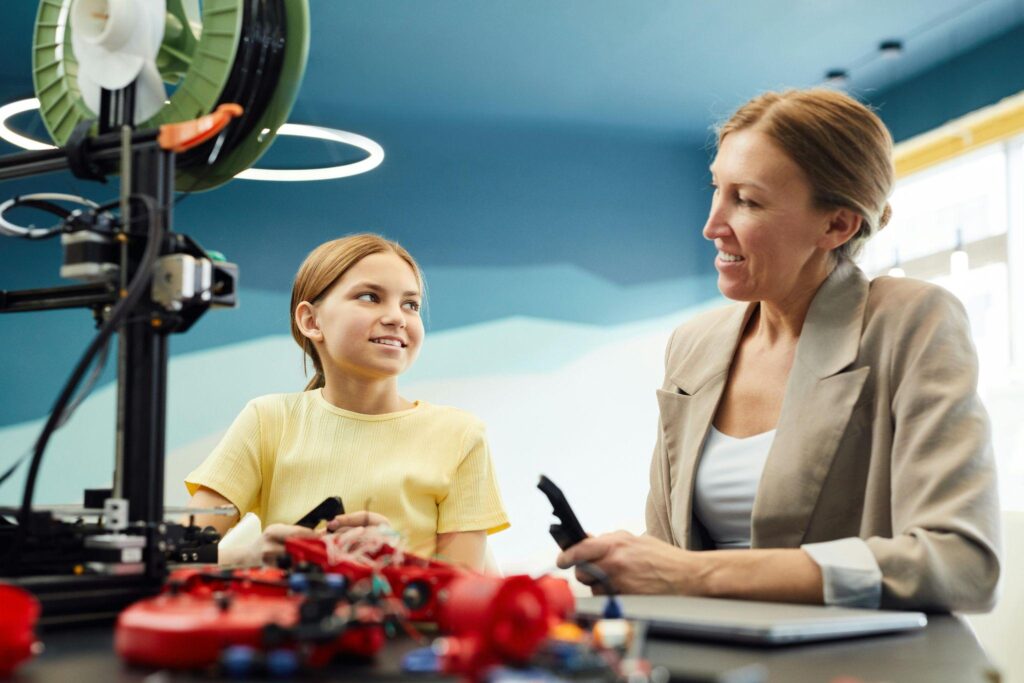Imagine a classroom where students aren’t just memorizing concepts — they’re creating them. A place where history students build ancient artifacts, biology students model cell structures, and aspiring engineers design functional prototypes. This is no longer hypothetical. It’s the new reality enabled by 3D printing in education.
3D printing is transforming the learning experience by connecting theoretical lessons with real-world applications. It brings STEM subjects to life through physical interaction, promotes problem-solving through design challenges, and unlocks creativity in ways traditional tools can’t match.
This guide is crafted for educators, school administrators, and policymakers looking to understand the full scope of 3D printing in academic settings — from its foundational benefits to practical implementation.
Whether you’re outfitting a middle school lab or reshaping a university’s engineering department, selecting the right 3D printer for education is essential to achieving meaningful learning outcomes. This article offers the insights you need.
What Is 3D Printing and Why Is It Important for Education?
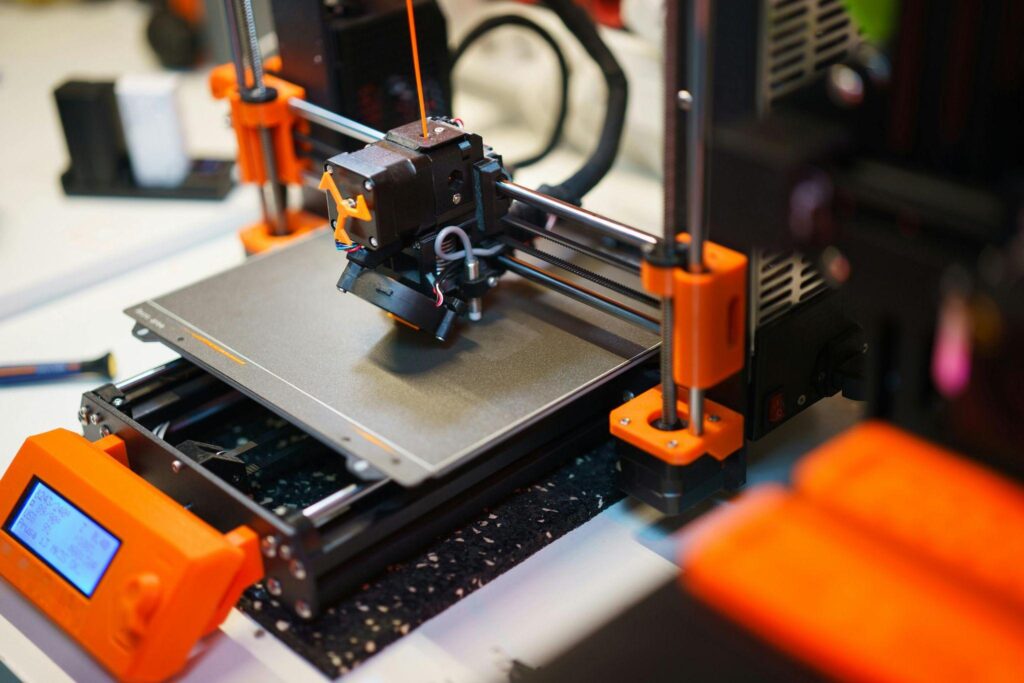
3D printing, also known as additive manufacturing, is the process of creating three-dimensional objects by building them layer by layer from digital designs. In an educational context, this technology allows students to turn abstract ideas into tangible outcomes using CAD software and specialized printers.
By embedding 3D printing into classrooms, schools support the core goals of STEM and STEAM education — blending science, technology, engineering, art, and math with hands-on exploration. Instead of just learning about geometry or biology from textbooks, students physically create models that deepen understanding.
Some of the most important benefits of 3D printing in education include:
- Hands-on learning that enhances engagement
- Encourages critical thinking through iterative design
- Develops digital fluency through CAD tools
- Builds confidence through tangible accomplishments
- Fosters cross-disciplinary collaboration
What Are the Educational Benefits of 3D Printing at Different Levels?
3D printing doesn’t serve just one age group — it scales. The developmental and academic benefits shift based on the student’s grade level, adapting to their cognitive abilities and career readiness goals.
Middle School
At the middle school level, 3D printing acts as a bridge between imagination and structured learning. Students are introduced to digital modeling and spatial reasoning through age-appropriate software and projects.
- Skill development: Basic CAD modeling, spatial visualization, design planning
- Project types: Puzzle pieces, simple prototypes, classroom decorations, math manipulatives
- Cognitive and career readiness benefits: Builds curiosity about STEM fields, introduces iterative problem-solving, boosts creative thinking
High School
In high school, students use 3D printing to complete more complex interdisciplinary projects that prepare them for technical careers or higher education.
- Skill development: Advanced CAD, engineering design principles, prototyping
- Project types: Robotics parts, architectural models, prosthetic prototypes, chemical structures
- Cognitive and career readiness benefits: Prepares students for CTE pathways, reinforces math and science skills, introduces real-world problem framing
University and College
Higher education institutions integrate 3D printing into research, product development, and advanced lab work. The focus here is on innovation, precision, and problem-based learning.
- Skill development: Professional-grade design, material selection, manufacturing analysis
- Project types: Biomedical devices, mechanical assemblies, scale models for research
- Cognitive and career readiness benefits: Career simulation, patentable projects, research publication opportunities
How Does 3D Printing Work in the Classroom?
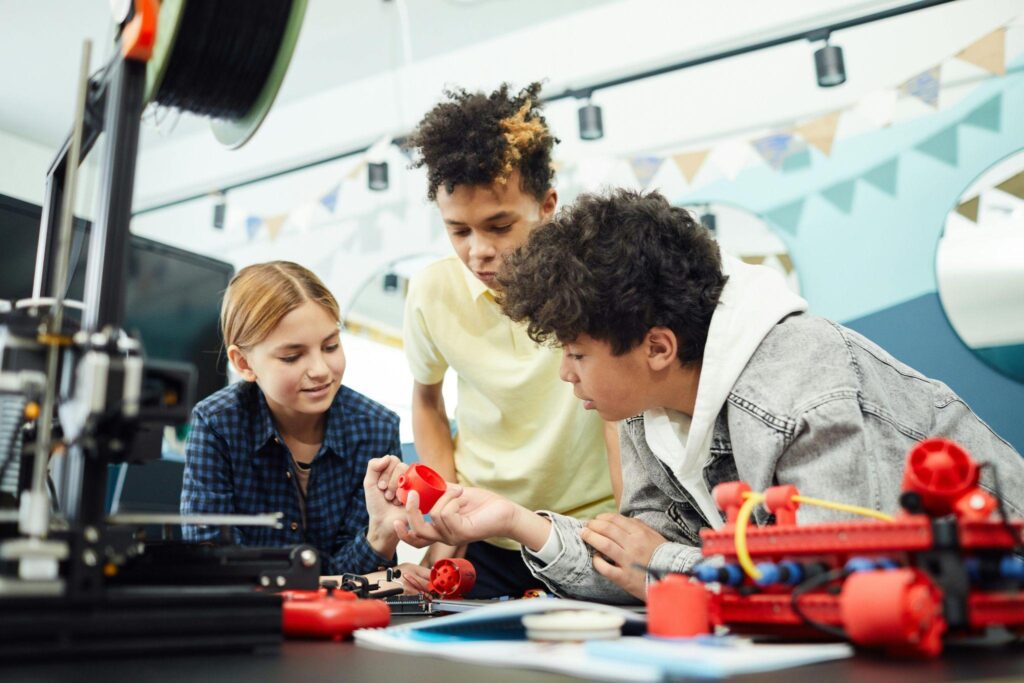
Bringing 3D printing into the classroom requires a structured process that blends creativity, design thinking, and technical operation. A typical classroom workflow involves both digital and physical tasks — guiding students from concept to final product.
Here’s a simplified breakdown of the typical 3D printing process in schools:
- Brainstorming and concept sketching: Students outline project goals and sketch ideas on paper or tablets.
- CAD modeling: Using software like Tinkercad or Fusion 360, students convert their ideas into 3D digital models.
- Slicing and printer setup: The model is prepared using slicing software that converts it into printable layers and configures printer settings.
- Printing and troubleshooting: Students operate the printer and troubleshoot basic issues like nozzle jams or adhesion problems.
- Post-processing and evaluation: Printed parts are cleaned, refined, and evaluated for success and potential improvements.
This hands-on, cyclical learning process encourages experimentation and resilience, essential traits for 21st-century learners.
What Skills Does 3D Printing Help Students Develop?
Beyond technical know-how, 3D printing nurtures a wide range of cognitive, collaborative, and real-world skills. These are not just academic — they’re foundational to future employability.
Key skills students develop through 3D printing:
- 3D modeling (CAD) — Creating digital representations of physical objects
- Spatial reasoning — Visualizing objects in 3D space
- Problem-solving — Identifying and fixing design or print issues
- Iterative design thinking — Testing and improving concepts through cycles
- Collaboration and communication — Working in teams, presenting solutions
- Technical troubleshooting — Diagnosing hardware or slicing problems
- Prototyping and real-world testing — Evaluating functionality through tangible results
These competencies help students become better thinkers, designers, and communicators — key traits for both academic and career success.
What Software Tools Are Commonly Used in Educational 3D Printing?
Educational 3D printing relies on a variety of software tools, each serving a specific function — from modeling and slicing to classroom content management.
Here are the most common software platforms and their educational roles:
- Beginner-friendly CAD:
- Tinkercad — Drag-and-drop modeling for beginners
- BlocksCAD — Math-integrated modeling for younger students
- Advanced CAD:
- Fusion 360 — Parametric design used in engineering classes
- SolidWorks — Industry-grade modeling used in university labs
- Slicing software:
- Cura — Widely used slicer for various 3D printers
- PrusaSlicer — Ideal for Prusa systems with advanced controls
- Raise3D ideaMaker — Optimized for Raise3D printers with custom material profiles
- Classroom platforms:
- Thingiverse Education — Free educational models and lesson plans
- Makers Empire — Designed for K–8 classrooms with student engagement tools
Each tool plays a role in simplifying or enhancing the student learning journey — from ideation to creation.
Which 3D Printers Are Best for Educational Use?
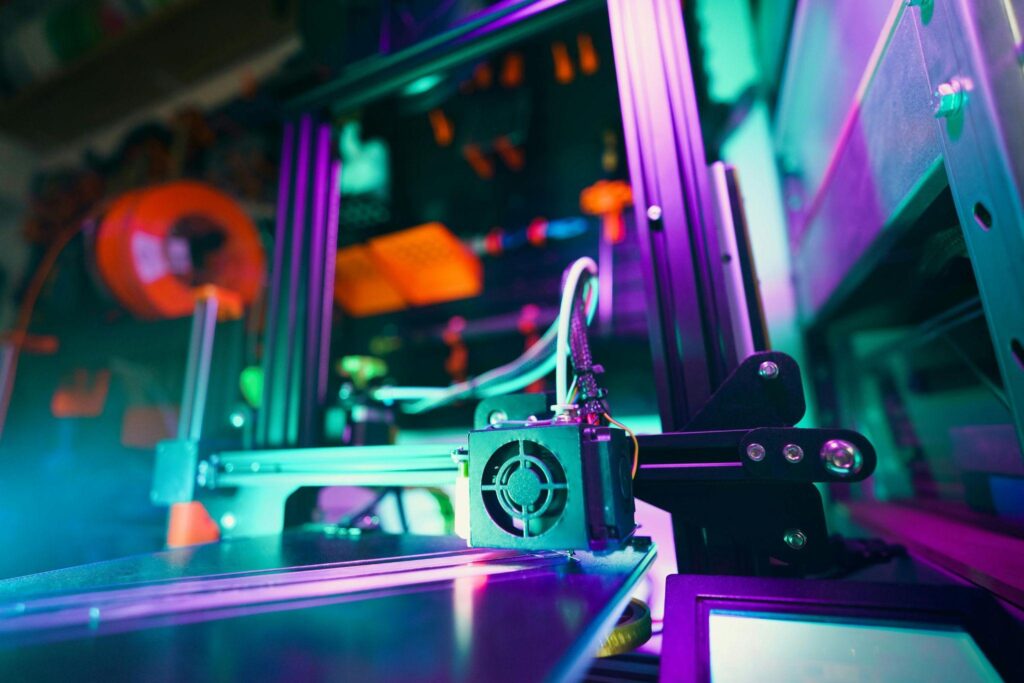
Choosing the right 3D printer for a school setting depends on student age, classroom size, and curriculum goals. Above all, safety, ease of use, and cost-efficiency are critical.
Key buying criteria include:
- Safety features: Enclosed frames, automatic shutoff, air filtration
- Reliability: Minimal maintenance, consistent print quality
- Ease of use: Simple controls, intuitive interfaces
- Cost of operation: Affordable filament, low maintenance costs
- Ecosystem support: Access to lesson plans, support teams, or software
Entry-Level Printers for K–12
For younger students, plug-and-play machines with robust safety features are ideal.
- FlashForge Adventurer 4 – Fully enclosed, easy to use, supports PLA and ABS.
- Raise3D E2 – IDEX system, great for dual extrusion projects and built-in safety checks.
- Dremel DigiLab 3D45 – Designed specifically for education with lesson plans and classroom kits.
Professional Printers for University Labs
University environments need advanced capabilities for research and product development.
- Ultimaker S5 – Large build volume, multi-material support, cloud integration.
- Raise3D Pro3 Series – Industrial-grade reliability, precision, and material compatibility.
- Formlabs Form 3+ – Resin-based SLA printer suitable for high-detail models and medical prototypes.
Open-Source vs Closed-System Printers: What’s Better for Schools?
- Open-source printers (e.g., Prusa i3 MK4) offer customization and learning opportunities for advanced users.
- Closed systems prioritize safety, software integration, and plug-and-play functionality — a better fit for K–12 settings.
How Can Teachers Integrate 3D Printing into Their Curriculum?
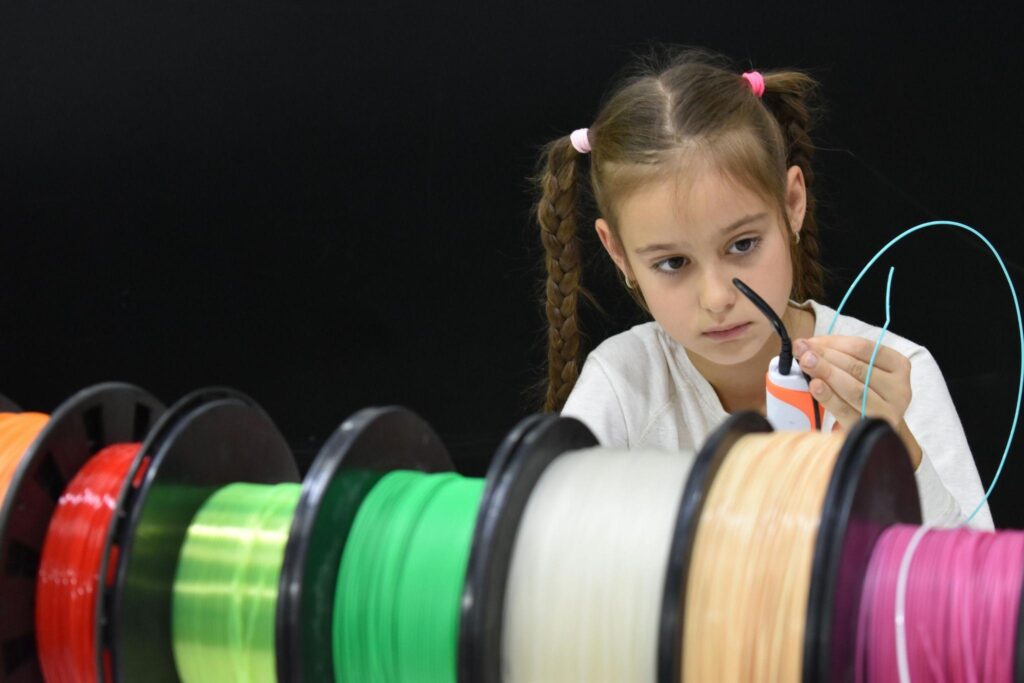
Aligning 3D printing with learning objectives is easier than it may seem. It supports project-based learning and enhances traditional subjects with hands-on applications.
Common integration strategies:
- Project-based learning — Design challenges that solve real-world problems
- Interdisciplinary projects — Combine science, history, math, and art
- Competitions and challenges — Local or national 3D printing design contests
- Maker spaces and STEM labs — Open-ended exploration centers within schools
Sample Project Ideas by Subject
- Math: Geometry solids, volume comparisons
- History: Models of historical monuments or tools
- Biology: Cell models, anatomical replicas
- Art: Sculpture prototyping, custom jewelry
What Subjects or Fields Benefit Most from 3D Printing in Education?
3D printing enhances both hard sciences and creative disciplines. Here are key fields where it shines:
- Engineering – Hands-on prototyping reinforces design concepts
- Architecture – Scale models visualize structural plans
- Medicine and biology – Anatomical models aid learning and accessibility
- Product design – Translates concept sketches into testable models
- Art and media – Enables physical expression of digital designs
- Robotics and electronics – Print housings, brackets, and customized components
What Are Real-World Examples of Schools Using 3D Printing Successfully?
Schools across the country are proving how impactful 3D printing can be:
- Brookwood Middle School (AL): Students designed prosthetic hands for children in need.
- Eastlake High School (CA): Robotics team 3D printed parts for a national championship competition.
- University of Texas at Austin: Architecture students use 3D printing for structural stress-testing.
- Carnegie Mellon University: Biomedical lab uses resin printing to prototype assistive devices.
- Chicago Public Schools: Deployed Raise3D printers across STEM classrooms to promote equity in tech education.
Are There Grants or Funding Options for 3D Printing in Education?
Yes — numerous public and private sources support tech in classrooms:
- Perkins V (Career & Technical Education funding)
- NSF Advanced Technological Education (ATE) grants
- DonorsChoose
- PTA technology grants
- Local maker or innovation foundations
How to Set Up a 3D Printing Lab or Makerspace in a School?
Launching a dedicated space requires thoughtful layout and resources:
- Number of printers – Varies by student count and usage frequency
- Filament storage – Dry boxes or sealed containers
- Ventilation – Especially important for ABS or resin printers
- Safety protocols – Signage, supervision, fire safety
- Workstations – Computers with CAD/slicing software and internet access
What Safety Guidelines Should Be Followed?
Every student-centered lab should implement basic safety measures:
- Supervision requirements – Adult oversight during operation
- Handling heated parts – Wait times and protective gloves
- Material safety – Use low-emission materials like PLA
- PPE – Safety goggles and gloves when needed
How to Train Educators to Use 3D Printing Effectively?
Teacher training is critical to success. Areas to cover include:
- CAD software basics – Tinkercad, Fusion 360
- Printer operation – Loading filament, bed leveling, maintenance
- Troubleshooting – Diagnosing common errors
- Lesson planning – Aligning projects with standards
Recommended platforms for educator training:
- Autodesk Design Academy
- Raise3D Academy
- Makers Empire Teacher Training
- Online courses from Coursera or Udemy
What Is the Role of 3D Printing in Career and Technical Education (CTE)?
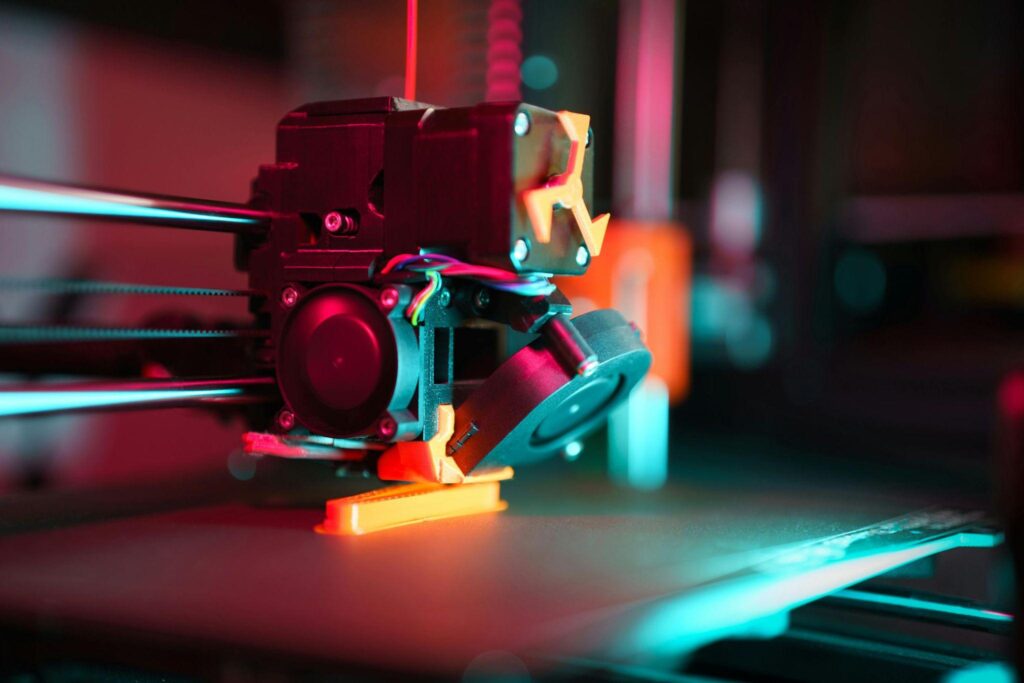
3D printing aligns naturally with vocational training. It gives students direct experience with tools used in modern industries and opens the door to real-world 3D printing applications across various sectors.
CTE programs that benefit include:
- Manufacturing – Part design, tool creation
- Engineering – Functional testing, simulation models
- Drafting and design – Transitioning sketches to working parts
- Automotive repair – Printing clips, fasteners, and housings
- Medical technologies – Simulating procedures and devices
What Is the Future of 3D Printing in Education?
As technology evolves, 3D printing will become even more integral to learning:
- AI-assisted modeling – Intelligent design suggestions for students
- Remote CAD collaboration – Team projects across classrooms or schools
- Personalized learning – Tailor-made models for each student
- Gamified prototyping – Points and challenges to engage learners
Conclusion
3D printing is no longer a novelty in education — it’s a foundational tool for building real-world skills. From middle school curiosity to university-level innovation, it transforms how students think, design, and create.
As educators and institutions aim to prepare students for a future driven by technology, 3D printing stands out as a bridge between imagination and execution. Its ability to connect diverse subjects, encourage iteration, and build career-ready skills makes it a must-have for schools serious about 21st-century learning.
Now is the time to move from passive learning to hands-on creation — one printed layer at a time.

